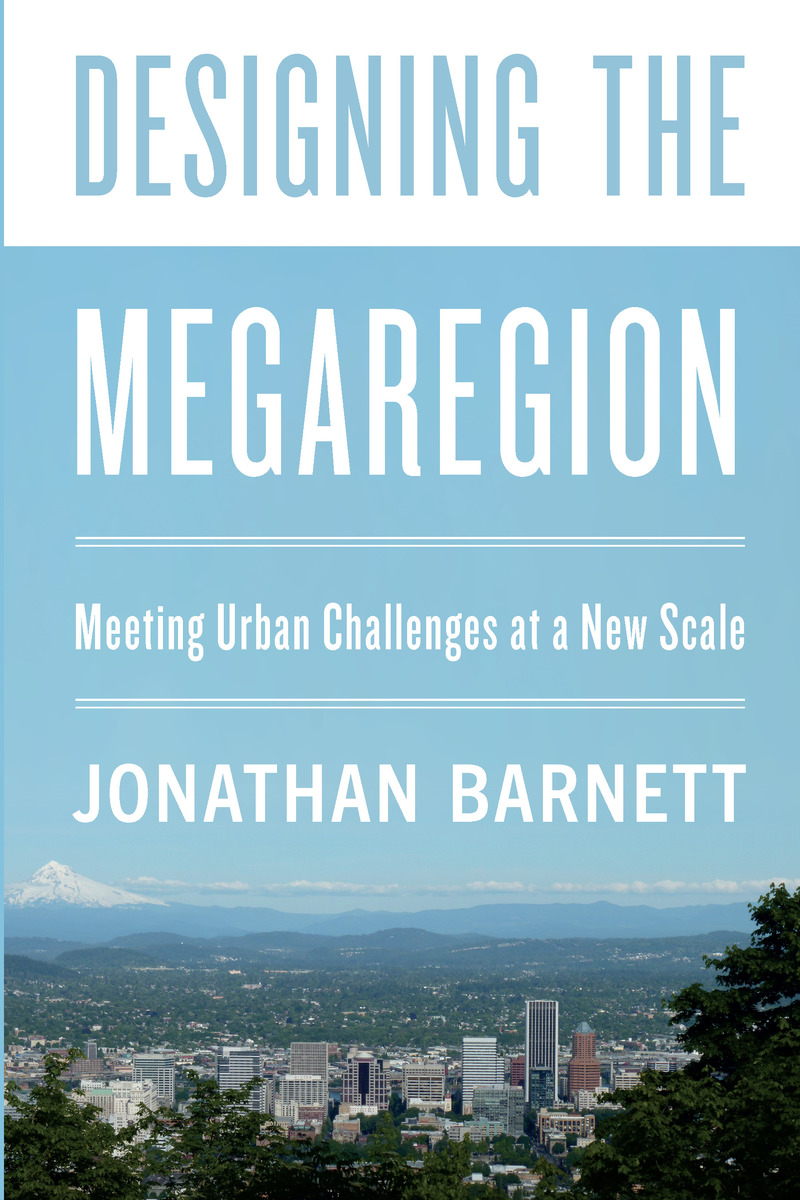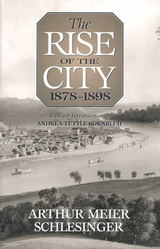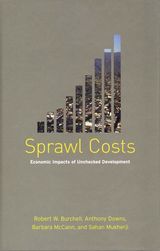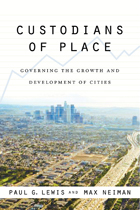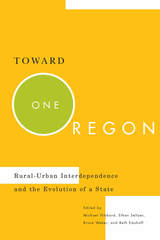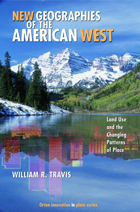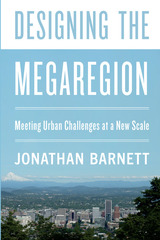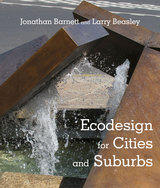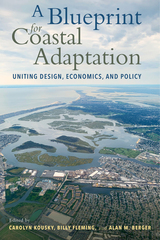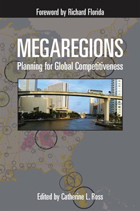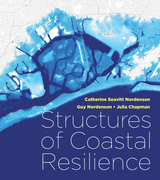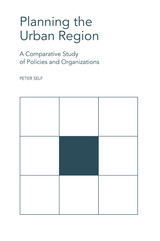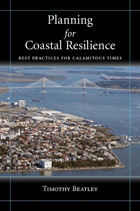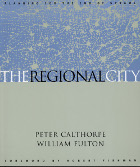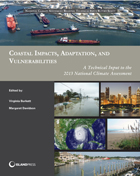Designing the Megaregion: Meeting Urban Challenges at a New Scale
Island Press, 2020
Paper: 978-1-64283-043-9 | eISBN: 978-1-64283-044-6
Library of Congress Classification HT391.B3517 2020
Dewey Decimal Classification 307.12
Paper: 978-1-64283-043-9 | eISBN: 978-1-64283-044-6
Library of Congress Classification HT391.B3517 2020
Dewey Decimal Classification 307.12
ABOUT THIS BOOK | AUTHOR BIOGRAPHY | REVIEWS | TOC | REQUEST ACCESSIBLE FILE
ABOUT THIS BOOK
The US population is estimated to grow by more than 110 million people by 2050, and much of this growth will take place where cities and their suburbs are expanding to meet the suburbs of neighboring cities, creating continuous urban megaregions. There are now at least a dozen megaregions in the US. If current trends continue unchanged, new construction in these megaregions will put more and more stress on the natural systems that are necessary for our existence, will make highway gridlock and airline delays much worse, and will continue to attract investment away from older areas. However, the megaregion in 2050 is still a prediction. Future economic and population growth could go only to environmentally safe locations. while helping repair landscapes damaged by earlier development. Improved transportation systems could reduce highway and airport congestion. Some new investment could be drawn to by-passed parts of older cities, which are becoming more separate and unequal.
In Designing the Megaregion, planning and urban design expert Jonathan Barnett describes how to redesign megaregional growth using mostly private investment, without having to wait for massive government funding or new governmental structures. Barnett explains practical initiatives to make new development fit into its environmental setting, especially important as the climate changes; reorganize transportation systems to pull together all the components of these large urban regions; and redirect the market forces which are making megaregions very unequal places.
There is an urgent need to begin designing megaregions, and Barnett shows that the ways to make major improvements are already available.
In Designing the Megaregion, planning and urban design expert Jonathan Barnett describes how to redesign megaregional growth using mostly private investment, without having to wait for massive government funding or new governmental structures. Barnett explains practical initiatives to make new development fit into its environmental setting, especially important as the climate changes; reorganize transportation systems to pull together all the components of these large urban regions; and redirect the market forces which are making megaregions very unequal places.
There is an urgent need to begin designing megaregions, and Barnett shows that the ways to make major improvements are already available.
See other books on: Designing | Planning | Regional planning | Sustainability & Green Design | Urban policy
See other titles from Island Press
